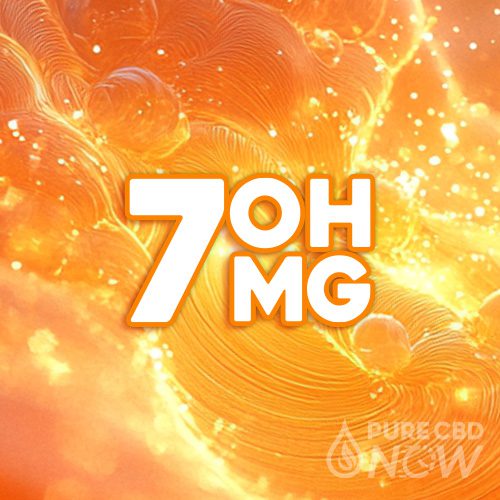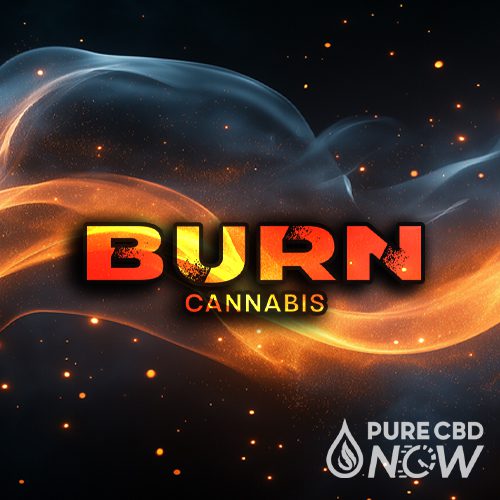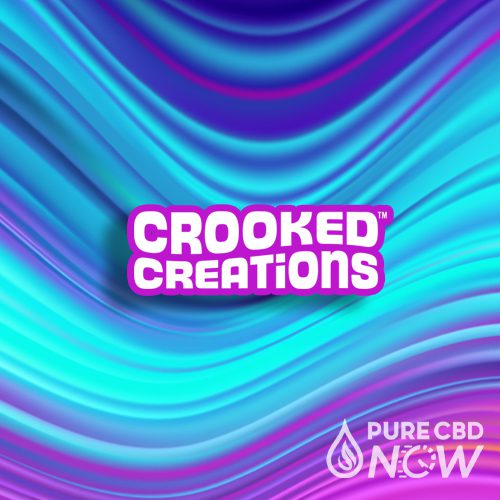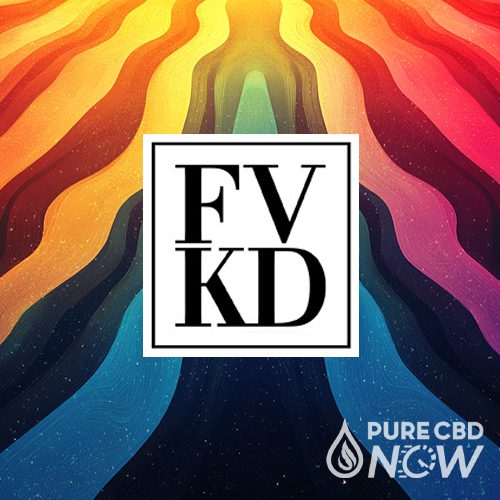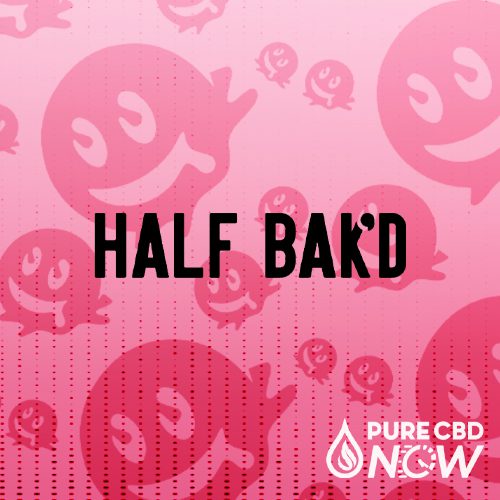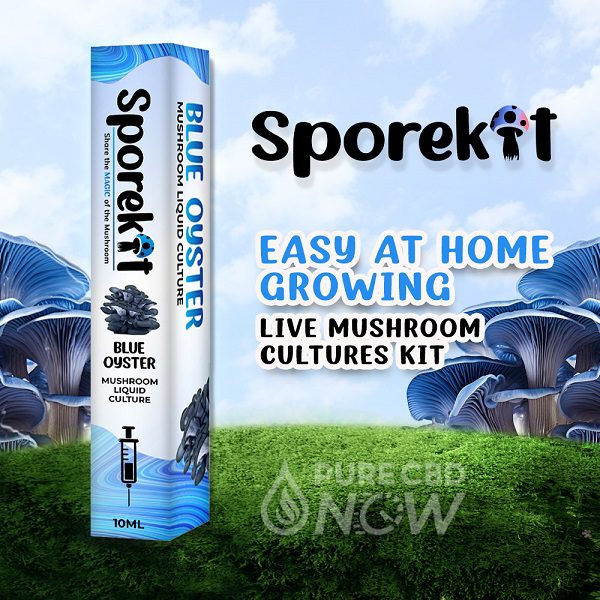Ever wondered what plants contain mitragynine, the compound that’s been making waves in the wellness industry? You’re not alone. This natural alkaloid, found primarily in a certain tropical species, has piqued the interest of scientists, health enthusiasts, and curious minds alike.
Key Takeaways
- Mitragynine is a natural alkaloid, primarily found in the Mitragyna speciosa tree, also known as the Kratom tree. This compound interacts with opioid receptors in the brain, influencing mood, pain perception and overall neurological performance.
- The Kratom tree is indigenous to Southeast Asia and is a pivotal source of psychoactive compounds. The leaves of this tree are harvested and processed into several forms including tea, powders, tinctures and extracts.
- Mitragynine has extensive therapeutic applications. It is utilized in pain management, combating opioid withdrawal symptoms, mood enhancement and has shown potential anti-anxiety and antidepressant effects.
- Legal restrictions surrounding Mitragynine and Kratom vary worldwide. It’s crucial to stay informed about the legalities within your locale, as it’s considered a controlled substance in numerous countries and U.S. states.
- Other plants contain alkaloids that can offer similar effects as Mitragynine, like caffeine in coffee plants that impacts the nervous system, morphine in opium poppies for pain relief, and cocaine in Coca plants for mood enhancement.
- All those interested in botanical bioactive substances can further explore resources and products like 7-Hydroxymitragynine on websites such as PureCBDNow.
Overview of Mitragynine
Amplifying our discourse on mitragynine, let’s delve into its role and the common sources where you can find this compound.
Its Role and Importance
In the world of phytochemicals, mitragynine holds a significant seat. Known as an indole-based alkaloid, it’s renowned for the effects it manifests, making it a topic of interest in various scientific and wellness discourses.
Mitragynine interacts with opioid receptors in the brain, influencing mood, pain perception, and overall neurological performance^1^. Yet, it’s not a traditional opioid. That distinction makes it a peculiar and interest-sparking substance for research and potential therapeutic use.
Possessing unique psychotropic traits, mitragynine stands contributing to emerging novel solutions for pain management, mental health, and addictive disorders. However, bear in mind, the compound isn’t devoid of controversy or regulatory scrutiny.
Common Sources of Mitragynine
This naturally occurring compound primarily stems from one potent source – the Mitragyna speciosa tree, colloquially known as the Kratom tree. Grown widely across Southeast Asia, it’s the leaf of this tree that notably contains mitragynine.
The Kratom tree, a treasure trove of bioactive alkaloids, doesn’t just house mitragynine. Its leaves flourish with a slew of other individual compounds, like the potent 7-Hydroxymitragynine[^2^], making it a botanical hub of psychoactive substances.
Yet, Kratom isn’t a silver bullet. Laws governing the use, possession, and sale of substances derived from it differ markedly around the world, and even within countries. That makes it incumbent for you, the end-user, to stay informed about the legalities intrinsic to your locale.
- Kruegel AC, Gassaway MM, Kapoor A, Váradi A, Majumdar S, Filizola M, Javitch JA, Sames D. Synthetic and Receptor Signaling Explorations of the Mitragyna Alkaloids: Mitragynine as an Atypical Molecular Framework for Opioid Receptor Modulators. J Am Chem Soc. 2016 Jun 1;138(21):6754-64. doi: 10.1021/jacs.6b00360. Epub 2016 May 18. PMID: 27192616; PMCID: PMC4876035.
- Ponglux D, Wongseripipatana S, Takayama H, Kikuchi M, Kurihara M, Kitajima M, Aimi N, Sakai S. A New Indole Alkaloid, 7 alpha-Hydroxy-7H-mitragynine, from Mitragyna speciosa in Thailand. Planta Med. 1994 Dec;60
Primary Source: Kratom
The primary source of Mitragynine is the Kratom plant, scientifically known as Mitragyna speciosa. This particular plant is rich in psychoactive substances that make it a potent and popular natural remedy.
The Kratom Plant and Its Geographic Origins
Kratom, or Mitragyna speciosa, is a tropical evergreen tree indigenous to Southeast Asia. Regions like Thailand, Malaysia, Indonesia, and Papua New Guinea are known for their extensive growth of these trees. [^1^]. The plant is a part of the coffee family, Rubiaceae, revealing some similarities with your day-to-day caffeine source.
How Kratom is Processed and Used
The leaves of the Kratom tree are harvested and processed in a couple of ways. Traditionally, locals chew fresh leaves; alternatively, the leaves undergo a drying process to create a powdery substance. This substance finds utility in a diverse range of uses.
Kratom can be used in several forms:
- Brewed as a Tea: Dried leaves steeped in hot water create a potent brew. This is a widely accepted method of consumption.
- Powder Form: The dried leaves are ground into a fine powder. This powder may be encapsulated or mixed with food or beverages.
- Tinctures and Extracts: More concentrated forms of Kratom are made by steeping the leaves in alcohol to create tinctures or extracts.
Despite the usefulness, it’s paramount to use Kratom responsibly due to its psychoactive properties, alongside legal restrictions that surround it in certain countries. [^2^]
^1^: Chavkin, C., Sud, S., Jin, W., *, Zjawiony, J. (2018). Salvia divinorum and Kratom: Legal plant hallucinogens. In R. G. Stephens & J. R. Baker (Eds.), Handbook of polysubstance use disorder (1st ed., pp. 73-88). Oxford: Oxford University Press.
^2^: “FDA statement on Federal judge ruling on FDA’s authority to seize product as part of the agency’s ongoing effort to combat the opioid crisis.” U.S. Food and Drug Administration, 26 Feb. 2018, https://www.fda.gov/news-events/press-announcements/fda-statement-federal-judge-ruling-fdas-authority-seize-product-part-agencys-ongoing-effort-combat
Towards the end, If you’re interested in studying more about bioactive substances, explore 7-Hydroxymitragynine or check out the vast collection of products available at PureCBDNow.
Other Plants Containing Alkaloids Similar to Mitragynine
After studying Kratom’s unique alkaloid, mitragynine, we find it imperative to highlight other plants boasting similar compounds. These plants might not contain mitragynine itself but provide a range of other alkaloids offering analogous effects.
Related Alkaloids and Their Plant Sources
- Caffeine in Coffee Plants: Coffee trees, primarily Coffea arabica and Coffea robusta, produce caffeine, another plant alkaloid. Both mitragynine and caffeine impact the nervous system, albeit in diverse ways. While the former could function as an opioid receptor agonist, the latter acts as a central nervous stimulant.
- Morphine in Opium Poppies: The opium poppy, scientifically known as Papaver somniferum, contains the potent alkaloid morphine. Although more powerful and addictive, morphine shares mitragynine’s ability to aid in pain relief.
- Cocaine in Coca Plants: The Coca plant, Erythroxylum coca, harbors the alkaloid cocaine. Both cocaine and mitragynine demonstrate mood-enhancing properties, but researchers use caution due to cocaine’s harmful effects and potential for abuse.
Comparison of Effects and Uses
While mitragynine from Kratom lends itself towards aiding pain management and improving mood, other plant alkaloids offer similar, yet distinctive impacts.
- Caffeine: Widely known for its stimulating effects, it can help increase alertness and reduce the perception of fatigue.
- Morphine: Serving as a pivotal tool in medicinal pain relief, it acts as a strong analgesic. However, due to its addictive nature, it’s usage demands strict medical supervision.
- Cocaine: Normally used in medicine as a local anesthetic, it also exhibits substantial potential for misuse.
By diving into these alkaloids and other plant sources, an appreciation for the diversity in nature’s pharmacy becomes apparent. Further exploration of 7-Hydroxymitragynine and products at PureCBDNow can certainly open the door to understanding other bioactive substances.
Applications and Legal Status
This section extends the discussion on mitragynine, extrapolating its numerous applications and delving into the gritty legal standings attached to it.
Therapeutic Uses of Mitragynine
Mitragynine’s extensive therapeutic applications are noteworthy. Utilized as a traditional medicine in Southeast Asia, it’s known for its properties in pain management, combatting opioid withdrawal symptoms, and mood enhancement. Recent research suggests this psychoactive constituent of Kratom has the potential to deliver anti-anxiety and antidepressant effects. Warmly embraced as a self-management tool, mitragynine has gained popularity, eliciting a sense of calm and well-being.
Regulatory Challenges and Legal Considerations
Navigating the legal framework around mitragynine involves treading carefully. Despite its medicinal heralding, it’s currently listed as a controlled substance in 16 countries and banned in many U.S. states. Regulatory authorities like the U.S. Drug Enforcement Administration (DEA) and Food and Drug Administration (FDA) keep a keen eye on mitragynine, insisting on rigorous research before any definitive legal position can be confirmed. They express concerns over the lack of clinical trials confirming its safety and efficacy, and point out possible health risks such as addiction and harmful interactions with other drugs. It’s paramount that users take into account these legal considerations while exploring mitragynine and its plant sources. This doesn’t detract from the intriguing scientific dialogue – further research might just cement its position as a significant player in the medicinal plant world.
For a deeper understanding of plant alkaloids, dive into PureCBDNow, where you’ll find resources on bioactive substances, including a prominent product 7-Hydroxymitragynine.
Conclusion
So there you have it. Mitragynine’s primary source is the Kratom tree, with its roots in Southeast Asia. This potent alkaloid has potential in pain management and mental health, yet faces significant regulatory hurdles. While it’s the star of the show in Kratom, remember that similar alkaloids exist in other plants like coffee, opium poppies, and coca plants. Each of these has its unique effects and uses, underscoring the vast potential of plant alkaloids. However, it’s essential to use these substances responsibly given their diverse impacts. Despite the legal challenges and scrutiny from the DEA and FDA, mitragynine has a promising future in the medicinal plant world, pending further research. To deepen your understanding of plant alkaloids and bioactive substances, PureCBDNow is a valuable resource. Let’s continue exploring and learning, for knowledge is the path to progress.

